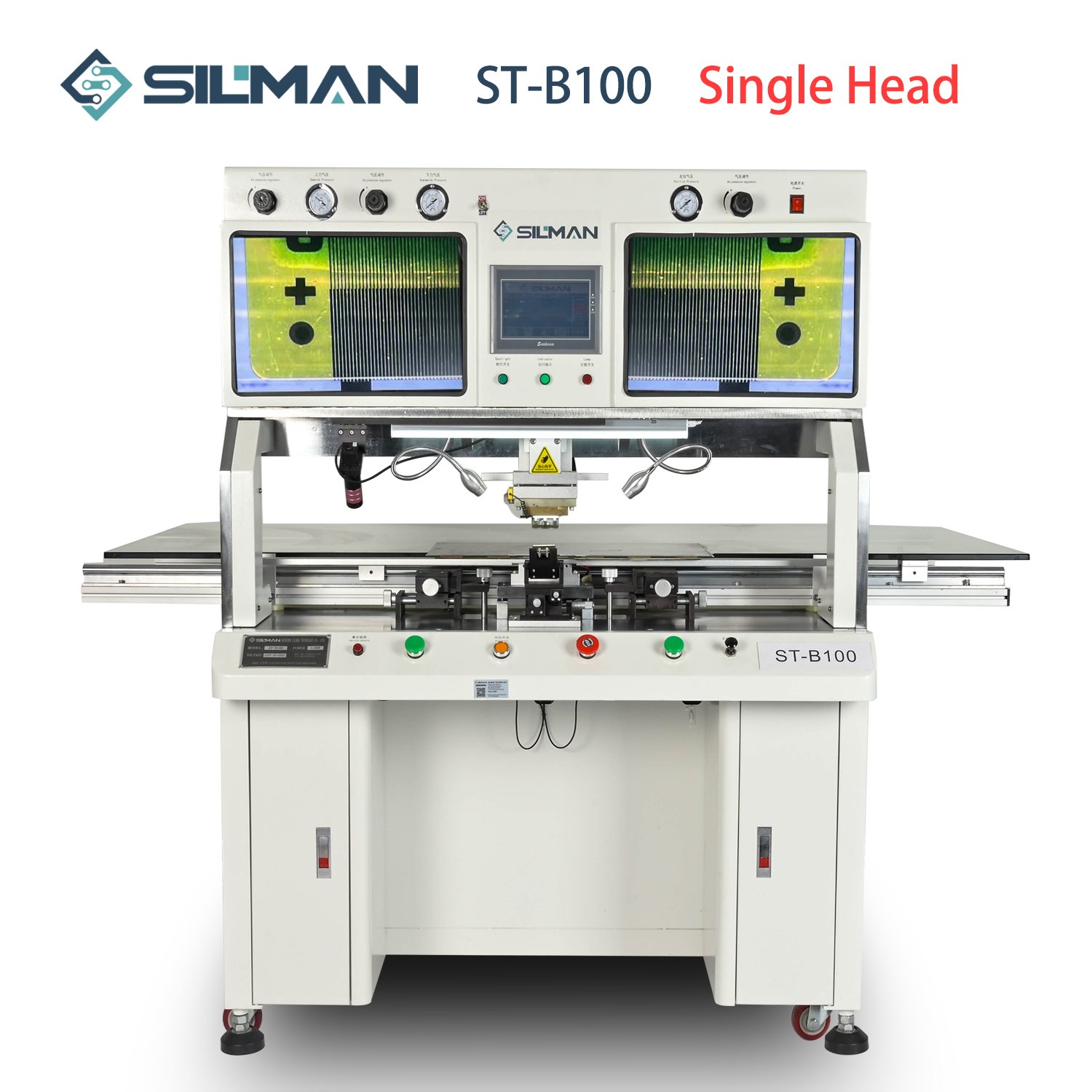The selection, tension testing, and cleaning methods of SMT stencils are crucial steps in surface mount technology (SMT) assembly, as they directly affect the effectiveness of solder paste printing and consequently impact the final soldering results. To prevent issues such as insufficient solder, bridging, or solder voids, SMT engineers need to rigorously manage stencil-related processes, including stencil selection, tension testing, and cleaning.
- Selection of SMT Stencils
SMT stencils are available in a wide price range, from around fifty to six hundred yuan, reflecting differences in materials and manufacturing processes. Currently, laser-cut stencils are widely used, with prices ranging from one hundred fifty to two hundred yuan for moderate demand. For higher precision requirements, copper stencils or stencils from manufacturers with higher precision levels may be chosen, with prices ranging from three hundred to four hundred yuan. The choice depends on the complexity of the customer’s PCB assembly process.
- Standards and Methods for Tension Testing of SMT Stencils
Tension standards for stencils are referenced in IPC electronic acceptance standards. Typically, a stencil tension tester is used, placed 15-20cm away from the edge of the stencil. 5-8 points are selected for testing, with tension greater than 35-50N per square centimeter. The tension of each stencil should be remeasured before each use. The testing process is as follows:
- Visual inspection of the stencil for scratches, burrs, or damage
- Zero the tension gauge and tighten the zero calibration screw
- Place the stencil horizontally on the workbench without applying pressure by hand
- Select test points and check if the test data are qualified
- Fill out the “Stencil Tension Test Record Form”
- Stencil cleaning
- Cleaning of SMT Stencils
After installation on the solder paste printer, stencils should be cleaned according to a specified schedule. Some automatic solder paste printers come with automatic cleaning functions, while manual printers require cleaning by an employee after printing 4-10 boards. After cleaning, the cleanliness of the stencil should be checked to prevent clogging. Pneumatic or electric stencil cleaning machines are commonly used to ensure cleaning quality.
These are the methods for selecting, tension testing, and cleaning SMT stencils. The importance of stencil testing is often overlooked by many small SMT assembly factories, which can lead to the use of defective stencils in production, causing various soldering abnormalities in subsequent processes. Stencils and printing are the foundation of quality management in SMT assembly, and they should be given special attention. We hope this information is helpful.
